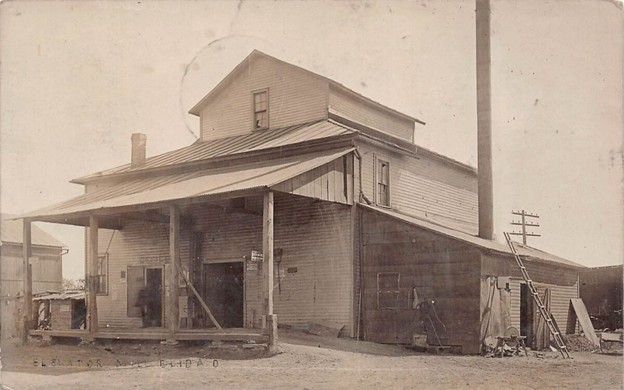From Wilderness to Village: The Founding of Elida (1815–1852)

Long before rail lines crossed Ohio’s farmlands, a man named Griffith John set out from Pennsylvania, driven by the pioneering spirit of his Welsh heritage. In 1831, he arrived in the dense woodlands of Allen County, where he carved out a homestead from 160 acres of untamed land along Hawg Creek. There, he built a small sugar camp—a quiet start to what would become a thriving village.
Two decades later, in 1852, progress came roaring through the wilderness in the form of the Pittsburgh, Fort Wayne & Chicago Railroad. Rather than resist, Griffith embraced the future. He donated land for the railway’s right-of-way and even constructed a mile of railbed himself, paving the way—literally—for Elida’s growth.
That same year, Griffith platted the Village of Elida, naming it in honor of his brother Elida John, a passionate abolitionist and conductor on the Underground Railroad. Though Elida John never lived to see the village that bore his name, his spirit of justice and bold action was forever rooted in its foundation.
To further foster the community’s future, Griffith donated lots for the Lutheran and Methodist churches, laying both the spiritual and physical cornerstones of what would become a close-knit and resilient Ohio village.
